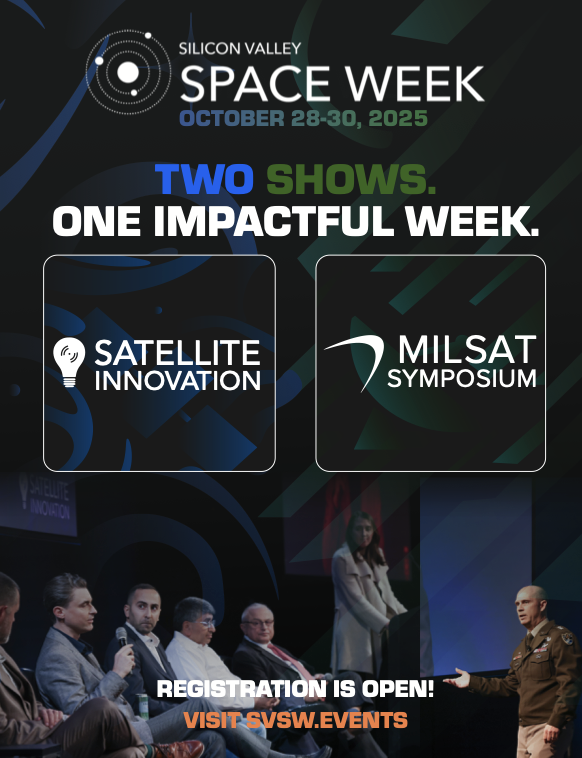ParaZero completes field trial of their DefendAir Systems new configuration
ParaZero Technologies Ltd. (Nasdaq: PRZO) has completed a field trial for an enhanced variant of the company’s DefendAir system, marking a significant expansion of the company’s multi-layered drone defense capabilities.
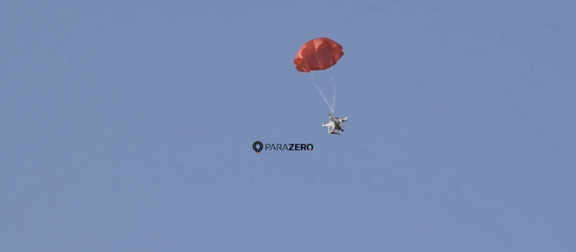
The trial, conducted in Israel, tested a new stationary net turret launcher system to provide 360 perimeter defense against hostile drones. The DefendAir system’s turret variant is integrated with an advanced optical detection and tracking system. This integration enables a fully autonomous operation—from threat detection and tracking to successful interception—representing a notable leap in the system’s overall autonomy and performance.
The enhanced net launcher layout allows the deployment of a significantly larger net, providing broader area coverage and improved effectiveness against faster and larger drone threats. This capability is designed to secure high-value sites such as critical infrastructure, government buildings and other valuable assets against complex drone attacks.
According to a recent market research, the global anti drone market size was valued at $2.4B in 2024. The market is projected to grow from $3.1B in 2025 to $12.24B by 2032, exhibiting a CAGR of 21.62% during the forecast period.
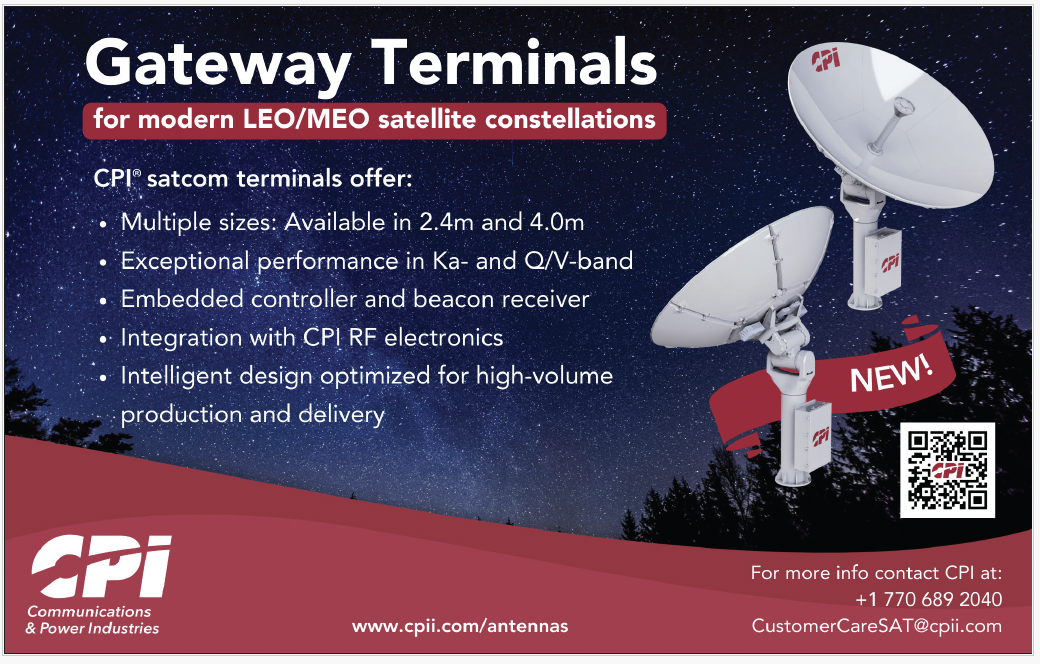 With this expansion of the DefendAir product line alongside the DefendAir in its portable net gun configuration, ParaZero expands its defense offering and portfolio while also strengthening its position in the evolving C-UAS market, offering a versatile and scalable suite of solutions tailored to mobile and stationary defense needs across defense and homeland security sectors.
With this expansion of the DefendAir product line alongside the DefendAir in its portable net gun configuration, ParaZero expands its defense offering and portfolio while also strengthening its position in the evolving C-UAS market, offering a versatile and scalable suite of solutions tailored to mobile and stationary defense needs across defense and homeland security sectors.
Ariel Alon, CEO of ParaZero, said, “This successful trial demonstrates the agility of our engineering teams and our strategic commitment to building an integrated, layered defense ecosystem. As threats evolve, so must the tools designed to stop them—and this milestone represents a meaningful expansion of ParaZero’s ability to protect high-value assets against emerging aerial threats.”
L3Harris + ELT Group to establish multi-sensor test facility in Italy
L3Harris Technologies (NYSE: LHX) has partnered with ELT Group of Italy to establish a multi-sensor test facility for commercial, military and government programs.
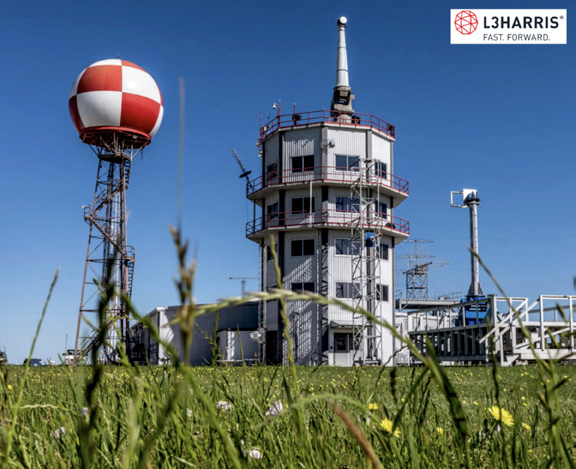 This collaboration marks the first time an Intelligence, Surveillance and Reconnaissance (ISR) test and calibration facility of this type will be available outside of the United States. L3Harris and ELT Group will work together to create an in-country center of excellence for the Italian military and allied nations.
This collaboration marks the first time an Intelligence, Surveillance and Reconnaissance (ISR) test and calibration facility of this type will be available outside of the United States. L3Harris and ELT Group will work together to create an in-country center of excellence for the Italian military and allied nations.
The new facility will support the G550 Joint Airborne Multi-Mission, Multi-Sensor System and Electronic Attack aircraft along with other air, surface and maritime platforms.
L3Harris Technologies Integrated Mission Systems President Jon Rambeau and ELT Group CEO and COO Domitilla Benigni take part in a ceremonial signing to formalize a new strategic partnership to establish a multi-sensor test facility for commercial, military and government programs.
“L3Harris’ industry partnerships deliver long-term benefits that support Italian businesses, while also maximizing mission readiness for military units,” said Jon Rambeau, President, Integrated Mission Systems, L3Harris. “This new sensor test facility further strengthens Italy’s defence infrastructure.”
“ELT Group is pleased to be selected as a partner company for this important program, bringing forward more than 70 years of expertise supporting allies in ISR, multi-mission and electronic attack operational support,” said Domitilla Benigni, CEO and COO of ELT Group. “This cooperation marks the first step in developing next-generation capabilities in the Italian test and operational range environment.”
LeoLabs selected by USSF to further develop next generation Scout class radar to detect + track launches
LeoLabs was recently selected for a $4 million Tactical Funding Increase (TACFI) opportunity by SpaceWERX, the innovation arm of the U.S. Space Force (USSF). The Air Force Research Laboratory (AFRL) is projected to contribute up to $2 million, which is matched with $2 million in private capital, for a total $4 million TACFI effort.
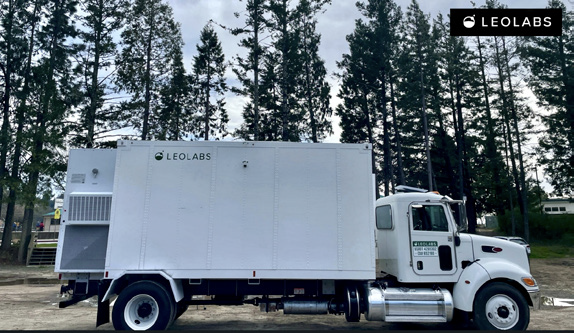 Under the TACFI, LeoLabs will develop and deploy a software upgrade for its expeditionary Scout-class radar—a new, containerized S-band Direct Radiating Array (DRA) the company announced in April—to detect and track foreign launches. LeoLabs will also create a software development plan to upgrade the radar to perform track-while-scan for highly maneuvering objects such as missiles and hypersonic glide vehicles.
Under the TACFI, LeoLabs will develop and deploy a software upgrade for its expeditionary Scout-class radar—a new, containerized S-band Direct Radiating Array (DRA) the company announced in April—to detect and track foreign launches. LeoLabs will also create a software development plan to upgrade the radar to perform track-while-scan for highly maneuvering objects such as missiles and hypersonic glide vehicles.
Scout radars are designed for mobility, modularity, and rapid deployment and can be easily transported to any location worldwide in response to dynamic Space Domain Awareness (SDA) missions, including monitoring foreign launches. The system can be deployed solo or in dense networks depending on mission requirements.
This TACFI follows LeoLabs’ recent $60 million Strategic Funding Increase (STRATFI) award by SpaceWERX to deploy a Seeker-Class Ultra High Frequency DRA radar in the Indo-Pacific region by 2027.
The TACFI initiative is open to companies with Small Business Innovation Research (SBIR) Phase II contracts awarded within the past two years and strengthens the defense industrial base by accelerating the transition of advanced capabilities to the warfighter. LeoLabs was awarded a SBIR Phase II in 2024 that led to the development of its next-generation Scout-class radar, which will be enhanced with further software development under this TACFI.
“Being selected for both a TACFI and a STRATFI within a short timeframe is a powerful vote of confidence in LeoLabs’ ability to deliver persistent Orbital Intelligence for the U.S., its Allies, and partners,” said LeoLabs CEO Tony Frazier. “It also reinforces the urgent need for next-generation radar systems and corresponding advanced software to meet evolving national security challenges and support rapidly evolving SDA requirements.”
Rocket Lab completes CDR for SDA’sT2T Beta constellation
Rocket Lab National Security LLC, a wholly-owned subsidiary of Rocket Lab USA (Nasdaq: RKLB), successfully completed the firm’s Critical Design Review (CDR) for the Space Development Agency’s (SDA) Tranche 2 Transport Layer-Beta (T2TL-Beta) program.
 The milestone follows Rocket Lab’s successful Preliminary Design Review (PDR) in late 2024, confirms that spacecraft design, manufacturing approach, and systems architecture meet all mission requirements and enables the program to move into full-scale production.
The milestone follows Rocket Lab’s successful Preliminary Design Review (PDR) in late 2024, confirms that spacecraft design, manufacturing approach, and systems architecture meet all mission requirements and enables the program to move into full-scale production.
As a prime contractor, Rocket Lab will deliver a constellation of 18 spacecraft for the T2TL-Beta program, part of the Proliferated Warfighter Space Architecture, a resilient, low-latency communications network in LEO that support real-time connectivity for U.S. and allied forces worldwide.
Rocket Lab’s spacecraft for the T2TL-Beta program is based on its high-performance Lightning platform, tailored for the power and data-handling demands of national security LEO constellations.
As a vertically integrated provider, Rocket Lab designs and manufactures its spacecraft buses and key subsystems in-house, including solar panels, composite structures, star trackers, reaction wheels, radios, avionics, flight and ground software, launch dispensers, and more allowing the Company to maintain tight control over quality, cost, and schedule.
“The Proliferated Warfighter Space Architecture is reshaping how the U.S. secures space for the joint force, and Rocket Lab is proud to be a contributor,” said Brad Clevenger, President of Rocket Lab National Security. “With proven platforms and in-house production across key systems, we’re building the backbone of resilient on-orbit capability for the warfighter. Our successful completion of CDR further demonstrates our ability to deliver trusted technology at the speed and scale needed to support national security space.”


